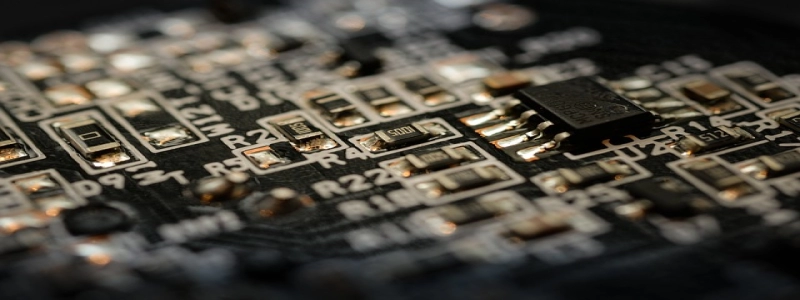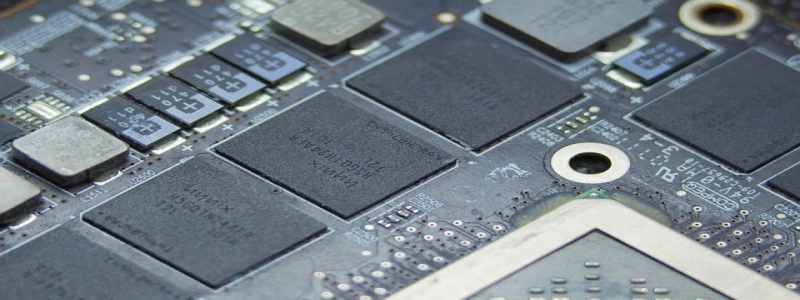Fiber Optic Cable Speed
Introduction
Fiber optic cables are widely recognized for their ability to transmit data at incredibly high speeds. In this article, we will delve into the details of fiber optic cable speed and how it has revolutionized communication and data transmission.
What is Fiber Optic Cable?
Fiber optic cables are thin, flexible strands of glass or plastic that carry light signals over long distances. These cables use total internal reflection, a process where the light waves bounce off the walls of the cable, allowing the signal to travel without significant loss or degradation.
Multiple Levels of Fiber Optic Cable Speed
There are multiple levels of fiber optic cable speed, depending on the capabilities of the cable and the specific applications it is used for. The three primary levels are:
1. Single-Mode Fiber Optic Cable: This type of cable is designed for long-distance communication and offers the highest level of speed. Single-mode fiber optic cables have a small core, allowing for the transmission of a single light wave. They can transmit data at speeds up to 100 Gbps (Gigabits per second) and have the potential for even higher speeds in the future.
2. Multi-Mode Fiber Optic Cable: Multi-mode fiber optic cables have a larger core than single-mode cables, allowing for multiple light waves to be transmitted simultaneously. These cables are typically used for shorter distances, such as within a building or campus network. Multi-mode cables can achieve speeds of up to 100 Gbps, but their maximum distance is limited compared to single-mode cables.
3. Plastic Optical Fiber (POF): POF is a cheaper alternative to traditional glass fiber optic cables. It is widely used in consumer electronics and short-distance applications. However, POF has lower speeds compared to glass cables, typically ranging from 10 Mbps (Megabits per second) to 1 Gbps.
Advantages of Fiber Optic Cable Speed
The high speeds offered by fiber optic cables have numerous advantages over traditional copper cables. Some notable benefits include:
1. Faster Data Transmission: Fiber optic cables can transmit data at much higher speeds compared to copper cables, resulting in faster downloads, uploads, and overall internet speeds.
2. Greater Bandwidth: Fiber optic cables have a much larger carrying capacity, allowing for greater bandwidth allocation. This means more data can be transmitted simultaneously without experiencing congestion or network slowdowns.
3. Long-Distance Transmission: Single-mode fiber optic cables can transmit data over long distances without significant loss or interference. This is crucial for global communications, where data needs to travel thousands of kilometers.
4. Immunity to Interference: Fiber optic cables are impervious to electromagnetic interference caused by nearby electrical devices or environmental factors such as lightning or power surges. This ensures a stable and reliable connection.
Conclusion
Fiber optic cable speed has revolutionized the way we communicate and transmit data. With its ability to transmit data at incredibly high speeds, fiber optic cables have become the backbone of modern telecommunications, providing faster internet connections, increased bandwidth, and reliable long-distance transmission. As technology continues to advance, we can expect even higher speeds and greater capabilities from fiber optic cables in the future.








